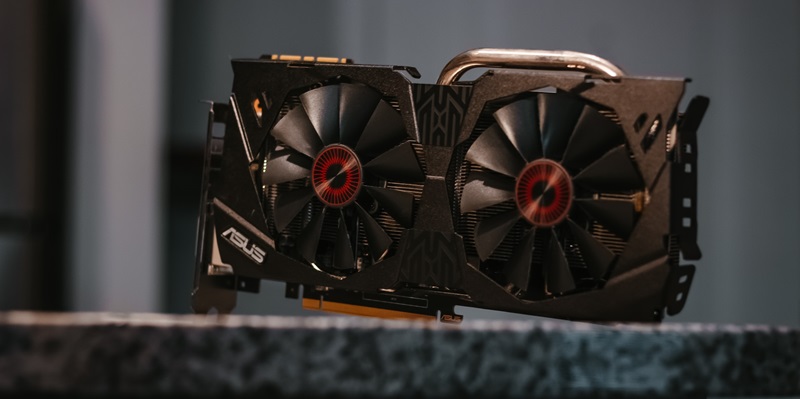The latest performance tests of the AMD Radeon RX 7900M ‘Navi 31’ GPU have revealed an impressive victory over its competitor, the GeForce RTX 4080, in the popular benchmarking tool, 3DMark Time Spy. This groundbreaking achievement has solidified AMD’s position as a formidable player in the laptop GPU market.
Background Information on the AMD Radeon RX 7900M
Back in early October, we first leaked information about the highly anticipated AMD Radeon RX 7900M. It made its official debut as a part of the Alienware m18, capturing the attention of gaming enthusiasts worldwide. This launch marked a significant milestone for AMD, as it introduced both the world’s first chiplet GPU and the flagship Navi 31 chip to the laptop segment.
Specifications of the AMD Radeon RX 7900M
The AMD Radeon RX 7900M boasts the cutting-edge RDNA 3 graphics architecture, propelling it to new heights of performance and efficiency. Comprising 36 WGPs or 72 Compute Units and a remarkable total of 4608 cores, this GPU delivers unmatched power for even the most demanding games and applications. Clock speeds also peak at an impressive 2090 MHz, ensuring a smooth and immersive gaming experience.
Memory and Power Configuration
To cater to the demands of modern gaming, the AMD Radeon RX 7900M is equipped with four MCDs, enabling a 256-bit wide bus interface and a generous 16 GB memory capacity. This robust memory configuration allows for seamless multitasking and enhanced performance in graphics-intensive tasks. In terms of power, the GPU is configured with a TGP of 160W, which can be further increased up to 200W with the integration of SmartShift technologies, optimizing performance and power distribution.
Difference in Pricing
While the AMD Radeon RX 7900M excels in performance, one of its key differentiators lies in its pricing. AMD has positioned this GPU to be competitively priced, offering excellent value for the features and capabilities it brings to the table. This strategic move makes the Radeon RX 7900M an appealing choice for gamers seeking high-performance laptops without breaking the bank.
Performance Test Results
In the highly anticipated performance tests, the AMD Radeon RX 7900M RDNA 3 GPU showcased its true potential. Scoring an impressive 19,743 points in the 3DMark Time Spy graphics test and 18,404 overall points, the Radeon RX 7900M left its competitors in the dust. Notably, the GPU outperformed the NVIDIA GeForce RTX 4080 laptop GPU by approximately 4.3%, cementing its superiority in this benchmark.
The AMD Radeon RX 7900M ‘Navi 31’ GPU has proven to be a game-changer in the laptop GPU market. By combining the innovative chiplet GPU architecture with the flagship Navi 31 chip, AMD has delivered an exceptional product. Its outperformance of the GeForce RTX 4080 in the 3DMark Time Spy benchmark further strengthens its appeal to gamers and professionals alike. With its impressive specifications, seamless multitasking capabilities, and competitive pricing, the AMD Radeon RX 7900M sets a new standard for laptop GPUs. AMD enthusiasts can now look forward to experiencing unparalleled gaming experiences and rendering capabilities on their high-performance laptops.

